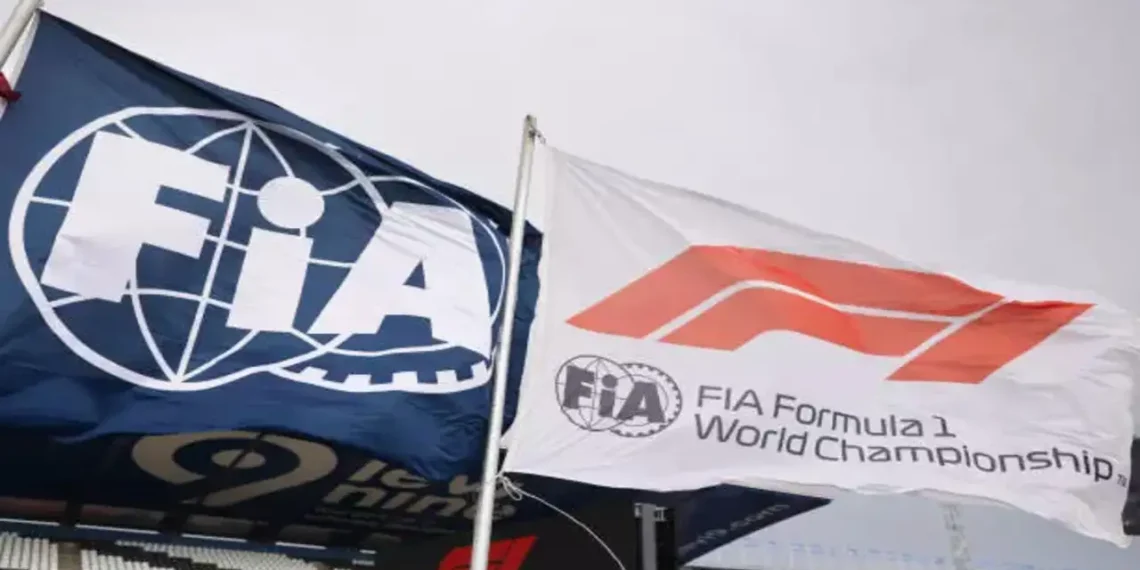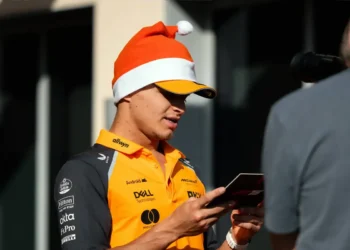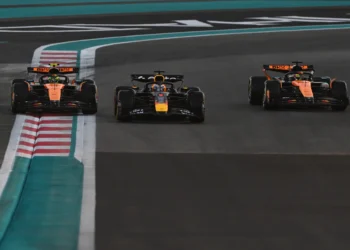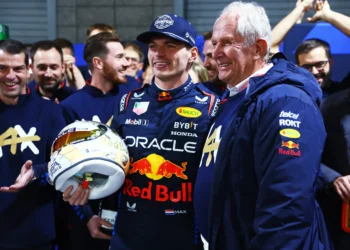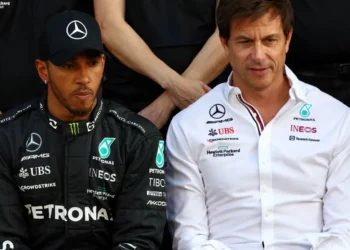Title: The Virtual Safety Car Controversy: Did It Steal the Thunder from the Mexican GP Finish?
In the high-octane world of Formula 1, where the stakes are sky-high and the drama is palpable, few discussions ignite passion quite like the effectiveness of the virtual safety car (VSC). Following the exhilarating yet tumultuous Mexican Grand Prix, the discourse surrounding the VSC has reached a fever pitch, with critics questioning its role in what many perceive as a thwarted grand finale.
Let’s set the stage: Carlos Sainz’s car, smoking ominously off the track, demanded immediate attention from race marshals. The deployment of the virtual safety car was not just a strategic decision; it was a necessary move to ensure the safety of both drivers and marshals in a precarious situation. However, this precaution triggered a wave of dissent from commentators and fans alike. Karun Chandhok lamented the fans being “robbed” of a spectacular finish, framing the VSC as a villain in this thrilling narrative. But was it really the villain, or is that perspective misguided?
The VSC is arguably one of the most significant advancements the FIA has made in recent years. It allows races to continue without the full disruption that a traditional safety car brings, protecting drivers and marshals while maintaining the integrity of the competition. The narrative spun by some critics fails to recognize the vital role the VSC played in the Mexican GP. Without it, the race could have ended under much grimmer circumstances.
Critics have been quick to point fingers at the FIA, accusing them of robbing fans of a heart-stopping conclusion. Yet, upon closer inspection, it becomes clear that the stewards executed their duties flawlessly under challenging conditions. The situation was a textbook case of the VSC’s purpose: to manage dangerous on-track incidents while minimizing disruption to the race. The deployment of the VSC allowed the race to resume before the checkered flag waved, something that would have been impossible had a full safety car been implemented to manage Sainz’s smoking vehicle.
Moreover, let’s not forget the potential peril faced by marshals working on a live track. Just moments before the VSC was deployed, two marshals were nearly caught in the crossfire of Liam Lawson’s Racing Bull. This highlights the critical need for safety protocols that prioritize human life over mere spectacle. The VSC’s introduction was a proactive measure to keep everyone safe, and in this instance, it performed its duty impeccably.
As the dust settles from the Mexican GP, one thing is clear: the virtual safety car is not to blame for the perceived anticlimax. Instead, it served as a crucial safeguard in a sport that constantly balances the thrill of competition with the imperative of safety. The uproar surrounding the VSC seems to stem from a misunderstanding of its purpose and effectiveness.
In the world of F1, where emotions run high and opinions are as varied as the teams themselves, it’s easy to take a knee-jerk reaction. However, a deeper analysis reveals that the VSC is an essential tool for ensuring that the sport can continue to thrill fans while keeping its participants safe. The next time the VSC lights up the track, instead of bemoaning lost drama, let’s celebrate a mechanism that helps keep the sport we love intact and secure.

